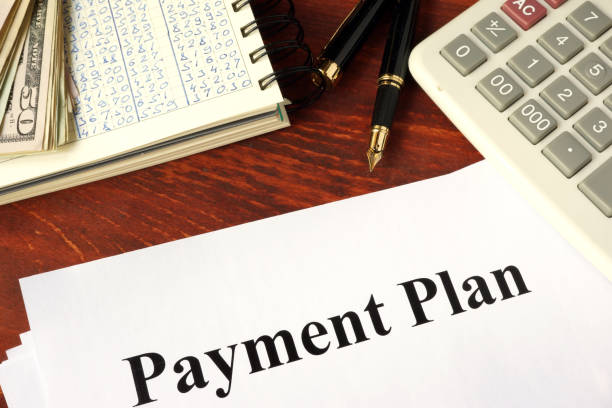Student loan repayment can be a daunting task for many graduates, especially as they transition from the world of education to the workforce. The complexities surrounding student loan repayment are often overwhelming due to varying loan types, interest rates, repayment plans, and the impact of missed payments. Understanding how to manage your student loans effectively is essential to avoid financial strain and long-term consequences.
Understanding the Types of Student Loans
Before diving into repayment, it’s crucial to know what kind of student loans you have. Student loans generally fall into two categories: federal and private loans.
- Federal Student Loans: These loans are funded by the government and often come with benefits such as income-driven repayment plans, loan forgiveness, and deferment options. Popular federal loan types include Direct Subsidized Loans, Direct Unsubsidized Loans, and PLUS Loans for parents and graduate students.
- Private Student Loans: These loans are offered by private lenders like banks or credit unions. Private loans typically have fewer flexible repayment options and may come with higher interest rates. They are often used to fill the gap after federal loans.
Exploring Repayment Plans
The repayment plan you choose can significantly impact your monthly payment and the total interest paid over time. The most common repayment plans for federal student loans include:
- Standard Repayment Plan: Fixed monthly payments for 10 years. This is often the fastest route to pay off loans, but the monthly payments can be higher.
- Income-Driven Repayment Plans: Payments are based on your income and family size. These plans adjust annually and can be a good option if you’re struggling to make fixed payments. However, they often extend the loan term and may result in higher total interest paid.
- Graduated Repayment Plan: Payments start lower but increase every two years, making it an ideal choice if you expect your income to grow over time.
For private loans, repayment plans can vary, and it’s essential to communicate with your lender to understand all available options.
The Importance of Staying on Top of Payments
Making your student loan payments on time is crucial to maintaining your financial health. Defaulting on your loans can lead to severe consequences, including wage garnishment, tax refund offsets, and damage to your credit score. If you’re struggling with payments, it’s important to seek assistance as soon as possible.
If you’re overwhelmed by student loan debt, Student Loan Repayment assistance programs, such as Income-Driven Repayment Plans or consolidation, may provide a lifeline. Some borrowers may even qualify for loan forgiveness programs, depending on their employment status, such as working for a nonprofit organization or in public service.
Consolidation and Refinancing: A Strategic Approach
If you have multiple student loans, consolidation and refinancing may help simplify your repayment process.
- Loan Consolidation: Combining multiple federal loans into a single loan with a fixed interest rate. This can simplify payments, but it may eliminate some borrower benefits, such as loan forgiveness.
- Loan Refinancing: Private lenders offer refinancing options, which may allow you to lower your interest rate, consolidate multiple loans, or extend your repayment period. However, refinancing federal loans into private loans means losing federal protections like income-driven repayment plans.
Before proceeding with either option, carefully consider the pros and cons in the context of your financial situation.
What to Do If You Can’t Afford Your Payments
If you’re finding it difficult to keep up with your student loan payments, don’t panic. There are several strategies available to help ease the burden:
- Apply for an Income-Driven Repayment Plan: This will lower your monthly payments based on your current income.
- Seek Deferment or Forbearance: If you’re going through a temporary financial hardship (like unemployment or health issues), you can apply for a deferment or forbearance to temporarily suspend payments.
- Loan Forgiveness Programs: Public Service Loan Forgiveness (PSLF) and other forgiveness programs may discharge your loan balance after a certain number of qualifying payments. These programs require specific eligibility criteria, so make sure to check if you qualify.
- Consider Professional Help: If managing your student loans feels too overwhelming, seeking financial advice from a professional may provide clarity. Services like Apply for IVA can assist with navigating your debt repayment options.
Navigating the complexities of student loan repayment requires knowledge, planning, and timely action. By understanding the types of loans you have, exploring repayment options, and staying on top of your payments, you can avoid falling into debt traps. If you find yourself struggling, reach out for professional advice and assistance to ensure your student loan repayment journey is as manageable as possible.
Remember, student loan debt doesn’t have to define your financial future. Take control and make informed decisions to pave the way toward a debt-free life.
Check if you qualify for IVA#StudentLoanRepayment #DebtFree #StudentDebtHelp #FinancialFreedom #LoanRepayment #DebtManagement #ApplyForIVA #DebtSolutions #LoanForgiveness





